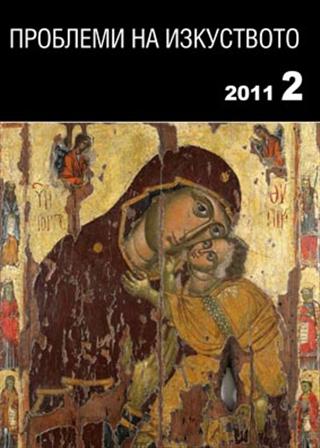Към типологията на византийските обкови на евангелия
On the Typology of Byzantine Gospels’ Covers
Author(s): Nona PetkovaSubject(s): Cultural history
Published by: Институт за изследване на изкуствата, Българска академия на науките
Summary/Abstract: According to the tradition of the Christian east the luxurious metal binding was made exclusively for covers of the altar gospel which was used both as a service book and as a church implement with exactly determined role in the practice of liturgy. the precious cover is an expression of the great ven- eration rendered to the gospel as a vessel of the Word of god and symbol of Christ himself. this article is aimed towards the systematization of gospels’ covers according to their typological characteristics. The research is based on the examples from byzantine and Post-byzantine 64 period and offers their classification by types and subtypes which is the first of this kind. it displays the existence of three basic types of gospels’ covers in the orthodox world – single-structured, multi-structured covers and bindings with the shape of a box, something that has not been mentioned yet. Further comparison between examples in each of these groups shows the presence of subtypes among the multi-structured covers and box bindings. differences in gospels’ multi-structured covers are related to the arrangement of the variously shaped metal fittings on the codex’s surface for which there are two known variants. In the first the elements don’t cover closely the base on which they are fitted and the effect of the bookbinding as a whole is achieved by the combination of metal components with other materials such as leather or luxurious fabric. the second subtype of the multistructured covers appears a little bit later and becomes widely spread among the goldsmiths on the balkans during the Post-byzantine epoch. Usually in this case elements are arranged close to each other and they completely fill the covers. The main aim here is to accomplish resemblance with the effect of the covers made from one single sheet of metal. We could also find two subtypes among the examples of the last type of precious covers for gospels as box bindings. First are separate containers (caskets) while the second are fixed to the wooden boards of the codex but have the shape of a box too.
Journal: Проблеми на изкуството
- Issue Year: 2011
- Issue No: 2
- Page Range: 32-38
- Page Count: 7
- Language: Bulgarian
- Content File-PDF

